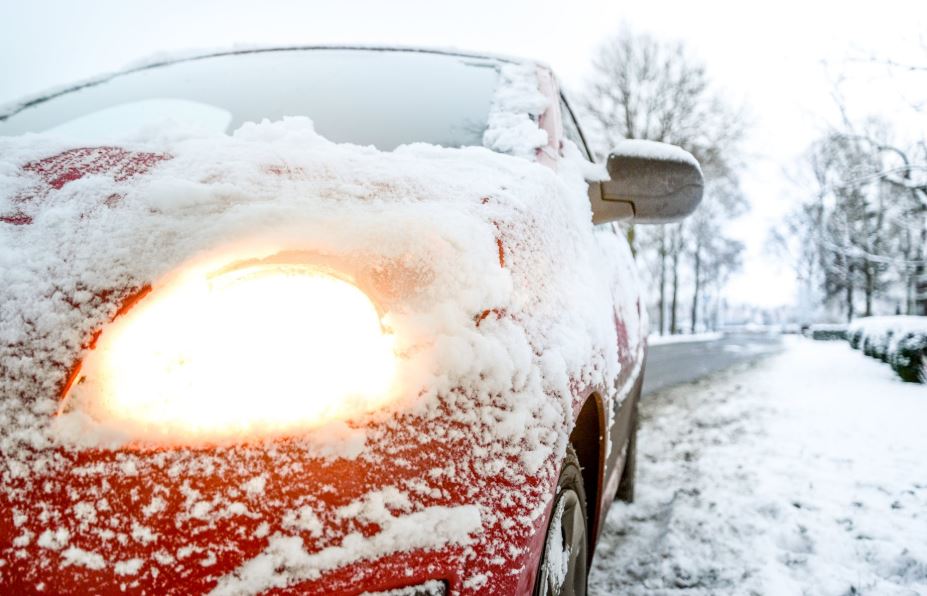Depending on where you live, you may be one of the many who must face the potential dangers of driving through winter snow, ice, and sleet. Unfortunately there is not much you can do about winter weather driving, other than proceeding very cautiously and giving yourself extra time to get where you need to go. There are, however some cold weather driving problems that you can take charge of, to protect yourself and your vehicle.

Cold temperatures can make your vehicle vulnerable to issues beyond what you may encounter on the roadways.The following are three cold weather car problems and how you can prevent them from leaving you stranded:
Problem: Lost Tire Pressure
Tires typically lose 1 pound per square inch (psi) for every 10 degrees of temperature drop. Under inflated tires do not perform well, plus the tire pressure loss can eventually result in a flat tire.
Prevention: Be sure to check inflation more frequently as the air gets colder.
Problem: Weak or Dead Batteries
Extremely low temperatures strain your car battery because the chemical reactions needed to make it work happen more slowly. If you already have an old battery, this can cause it to fail even more quickly.
Prevention: Have the battery tested. Replace it if necessary.
Problem: Thickened Fluids
Freezing temperatures cause thickening of fluids your car needs to run properly, including transmission fluid, brake fluid, power steering fluid, oil, and antifreeze.
Prevention: Make sure these fluids are maintained at proper levels to avoid trouble.
Even after taking these preventive measures, always be prepared for a road emergency. During the winter months, travel with items in your trunk such as a roadside emergency kit, blankets, gloves, boots, packaged hand warmers, and a folding shovel.
Stay warm, stay safe, and be prepared!
